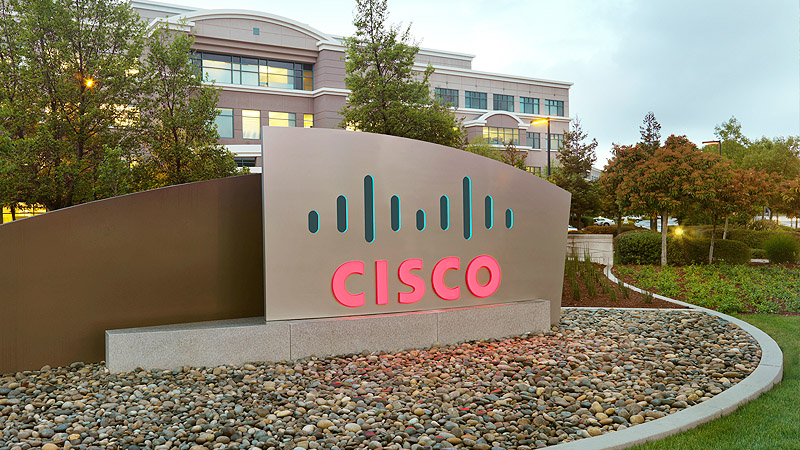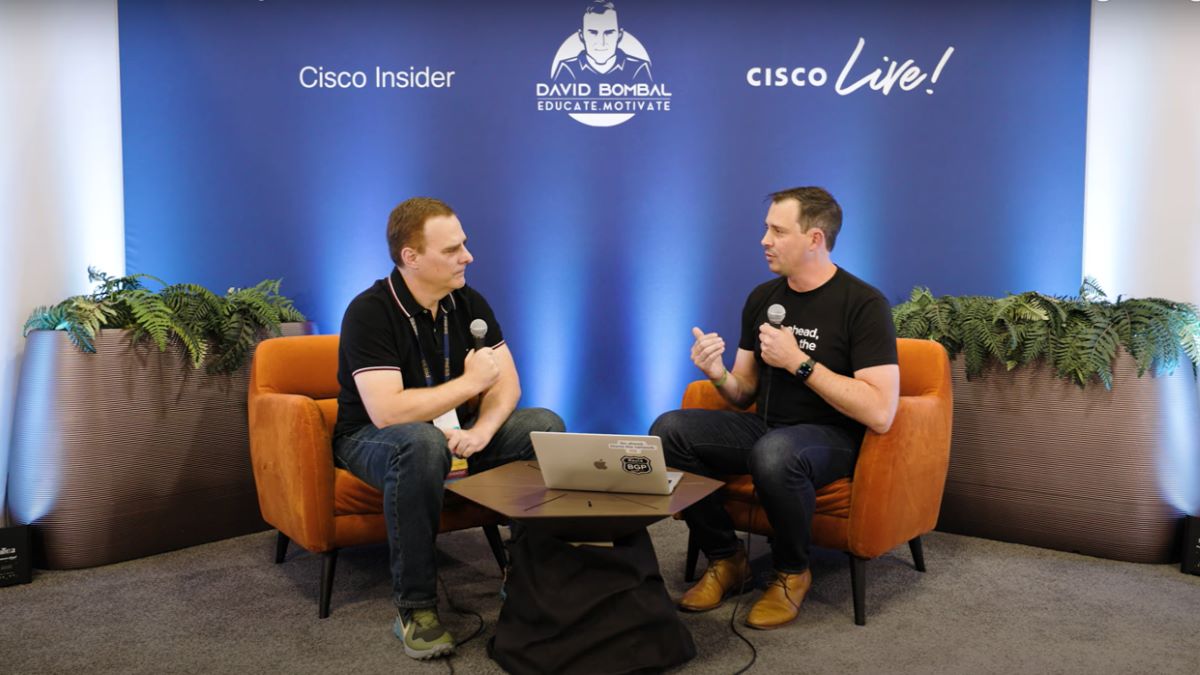One of the fastest growing trends in the modern IT landscape is the emergence and adoption of cloud native technologies, with the Kubernetes container orchestration system at the core.
The breadth and scope of the cloud native market was on full display at the KubeCon North America 2019 conference which ran from Nov 18 to 21 at the San Diego Convention Center, hosting over 12,000 attendees and a sponsor list that read like a who's who of any and every major (and minor) vendor in IT. Cisco was a diamond sponsor of the event, with multiple speakers throughout the event.
Why is Cloud Native taking off? For one, it's important to realize that the term Cloud Native isn't just yet another buzzword, it's a model for IT that defines a different approach than what many organizations have embraced in the past. Cloud Native defines a modular container-based architecture for workload deployments. While cloud is at the center of cloud native, cloud native models enable hybrid, on-premises and multi-cloud deployment and portability, which is what makes the approach so attractive, to so many.
Crafting Cloud Native
In the opening keynote for KubeCon, Dan Kohn, the executive director of the Cloud Native Computing Foundation (CNCF) provided an interesting metaphor for how he sees the Cloud Native landscape, comparing it to the popular Minecraft game that his children play.
"The lesson of Minecraft is that you can take simple things and combine them together into much more powerful complex things to build very powerful tools," Kohn said during his keynote.
Kohn noted that Kubernetes, which is the core open source container orchestration platform at the center of the CNCF, is built on hundreds of foundational technologies that have been combined together.
"It is a kind of alchemy," Kohn said of Kubernetes. "It turns simpler things into more powerful ones. In short, Kubernetes is like Minecraft, you have all the tools you need to build what you want and even tools to build new tools, but what we construct is up to us."
Network service mesh
One of the new tools that is being developed in the Cloud Native community is Network Service Mesh (NSM), which enables robust networking capabilities for Kubernetes.
Vijoy Pandey, Vice President and CTO Cloud at Cisco, commented during his KubeCon keynote that application architecture is changing in Cloud Native environments and therefore organizational and operational architectures are also changing.
"You cannot use the concepts from physical and virtual networking, which will aggregate statistical networking concepts like switches, routers and BGP to solve application level problems," Pandey said, "We need to simplify connectivity paradigms for application development and this is where network service mesh enters."
NSM became a CNCF sandbox project in April 2019 and to date has already had over 40 contributors. Pandey noted that there has been interest from multiple vertical including financial services, enterprise organizations as well as Service Providers.
Cloud Native users
Adoption for Cloud Native encompasses nearly every industry sector imaginable and even some that aim higher than others. Big organizations at KubeCon spoke about how they are using Cloud Native and Kubernetes. More often than not, the speakers ended their presentations telling attendees that they are hiring for Kubernetes experts as demand continues to grow.
One of the big users of Kubernetes is Walmart, which was at KubeCon, talking about its use-cases and wins using Kubernetes at scale. Maneesh Vittolia, Principal Architect at Walmart said during his session that it's critical that customers get the best experience throughout their shopping experience, which extends right to the checkout register. Walmart has embraced Kubernetes to help enable its edge deployments for point-of-sale system, to improve that customer experience.
In financial services, Visa was among the many organizations that was talking about how they use Kubernetes securely. Though when it comes to security and large organizations, the biggest user at KubeCon was none other than the United States Air Force (USAF), which is using Kubernetes to help accelerate innovation. Nicolas Chaillan who serves as the Air Force Chief Software Officer, outlined why the military is using Kubernetes, which extends to integrating the Cloud Native software into the F-16 fighter jet.
Chaillan explained that Department of Defense (DoD) overall doesn't want to be locked into any one cloud or cloud product. He noted that with Kubernetes, they have a multi-cloud system that enables choice, while also helping to ensure security.
"If Kubernetes is good enough for DoD weapon systems, it's probably good enough for your business," Chaillan said.
###
The contents or opinions in this feature are independent and may not necessarily represent the views of Cisco. They are offered in an effort to encourage continuing conversations on a broad range of innovative technology subjects. We welcome your comments and engagement.
We welcome the re-use, republication, and distribution of "The Network" content. Please credit us with the following information: Used with the permission of http://thenetwork.cisco.com/.



